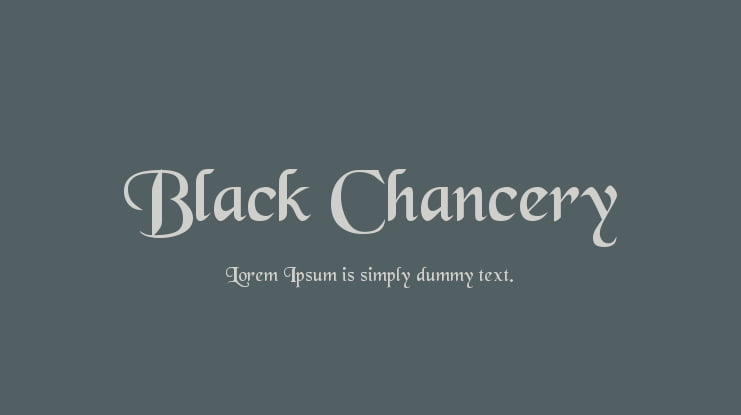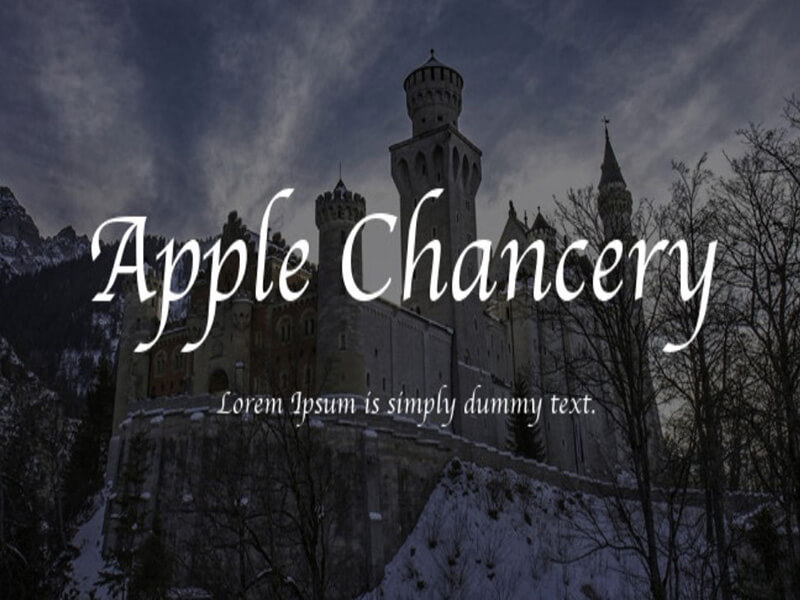

Two extra font weights (light and thin) were added to the font for the release of Avenir Next W1G, for a total of 32 fonts. The glyph set was expanded to include small caps, text figures, subscript and superscripts, and ligatures. Frutiger's numbering system was abandoned in favor of more conventional weight names. The initial release of the typeface family was increased to 24 fonts: six weights, each with a roman and italic version, in two widths (normal and condensed).

He intended the slightly bolder designs for white-on-black text, so they would look the same to a viewer as black-on-white.īetween 2004–2007, together with Linotype's in-house type designer Akira Kobayashi, Frutiger reworked the Avenir family to expand the range of weights and features. In his autobiography, Frutiger explains that this was a response to the effects of how people perceive colour. The original release of Avenir has weights grouped very close together, with the difference barely distinguishable. The typeface family was later expanded to six weights, each with a roman and an oblique version. I'm proud that I was able to create Avenir." Īvenir was originally released in 1988 with three weights, each with a roman and an oblique version, and used Frutiger's two-digit weight and width convention for names: 45 (book), 46 (book oblique), 55 (text weight), 56 (text weight oblique), (75)85 (heavy), and (76円 (heavy oblique). And what's crucial is that I developed the typeface alone, in peace and quiet – no drafting assistants, no-one was there. Working on it, I always had human nature in mind. (.) It was the hardest typeface I have worked on in my life. įrutiger described Avenir as his finest work: "The quality of the draftsmanship – rather than the intellectual idea behind it – is my masterpiece. Frutiger intended Avenir to be a more organic interpretation of the geometric style, more even in colour and suitable for extended text, with details recalling more traditional typefaces such as the two-storey 'a' and 't' with a curl at the bottom, and letters such as the 'o' that are not exact, perfect circles but optically corrected. As the name suggests, the family takes inspiration from the geometric style of sans-serif typeface developed in the 1920s that took the circle as a basis, such as Erbar and Futura. Good luck with your purchase and future use of this font.Avenir is a geometric sans-serif typeface designed by Adrian Frutiger in 1987 and released in 1988 by Linotype GmbH. The designer and publisher deserves to be paid for their work, as they have put in the hours and the creativity to produce such an amazing font. Here you will be able to obtain the proper license.
Vistaprint apple chancery font download#
If you really want Apple Chancery and you want to truly own it the legal and safe way, then click here to visit the download and purchase page on.
Vistaprint apple chancery font free#
In the rare occasion that you do find a free download for Apple Chancery remember that it's illegal to use a font if you didn't pay for it! You might see a few websites that will say "Free Download" of Apple Chancery font, but these are just attempts to get you to click on a link which will either take you to an ad landing page or you risk getting viruses on your computer. It is highly unlikely that you'll be able to find Apple Chancery for free. Trust me when I say, don't waste your time searching for a free download of Apple Chancery. We do have a Free Fonts category where we showcase all of the best free fonts that you can download. Most fonts that we feature on is a premium font. You will need to pay for it with your hard earn money. Is Apple Chancery a free to download font?


 0 kommentar(er)
0 kommentar(er)
